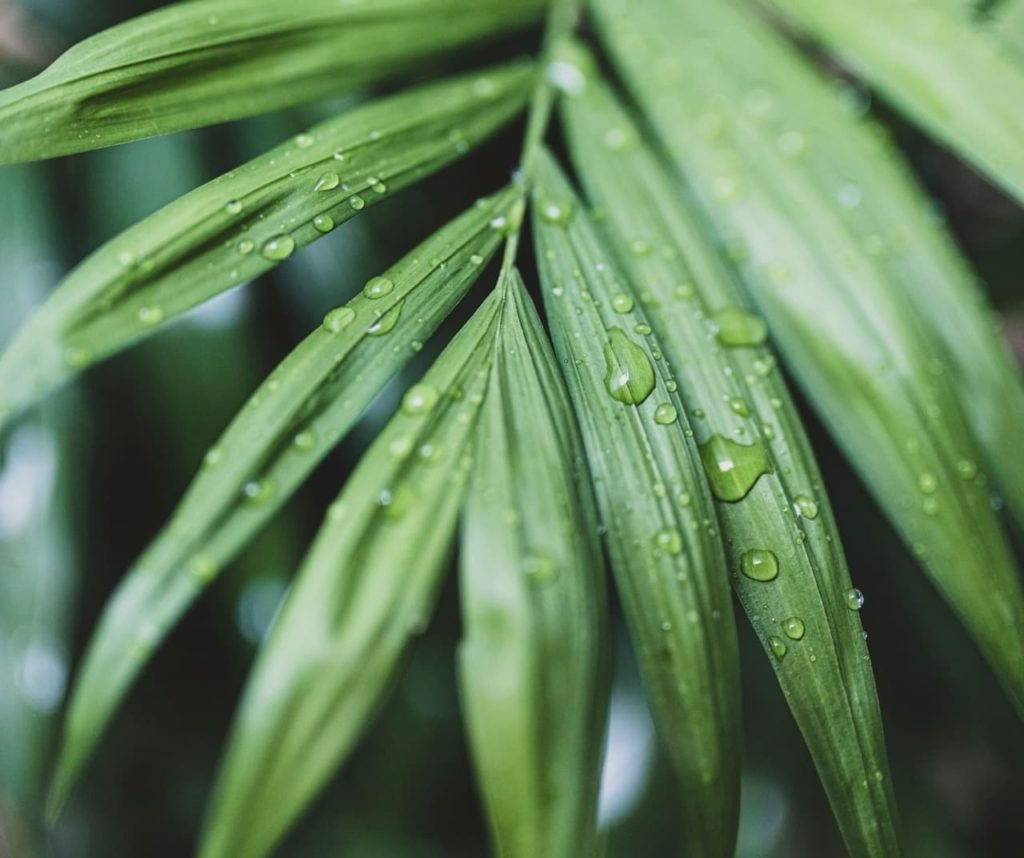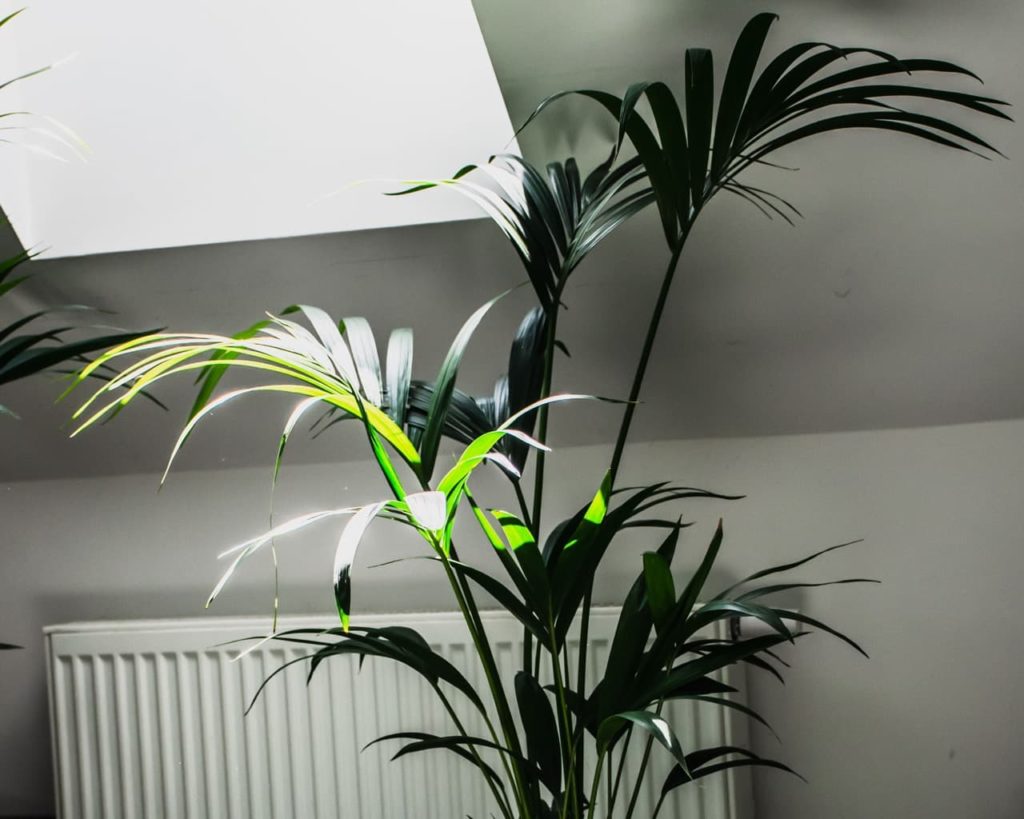Leaves On Your Kentia Palm Turning Brown? It’s Probably One Of These Four Issues

HOUSEPLANTS > HOWEA-FORSTERIANA > BROWN-LEAVES

Elizabeth is a Permaculture Garden Designer, Sustainability Consultant and Professional Writer, working as an advocate for positive change. She graduated from the University of St. Andrews with an MA in English and Philosophy and obtained a Diploma in Applied Permaculture Design from the Permaculture Association.
Reviewed By MOLLIE BROWN
IN THIS GUIDE
KENTIA PALM GUIDES
Brown Leaves
Kentia Palms are popular houseplants to grow inside a home.
As long as they are provided with the right environmental conditions and care, they are relatively easy and forgiving plants to grow.
However, as with most plants, brown leaves are a sign that something is not right – but determining what precisely is wrong can be a little more challenging.
If you see brown leaves on your Kentia Palm, this might be caused by a number of different factors, including:
- Low humidity, low temperatures or underwatering.
- Overwatering or waterlogged conditions.
- Sunburn caused by over-exposure to the sun.
- An infestation of scale insects.
Note that brown fronds at the base are perfectly normal for Kentia palms and you can simply cut these away.
It is only when the brown colour is found all over or beyond just the base that this is likely to suggest a problem.
1) Low Humidity, Low Temperatures Or Underwatering
If there are dried, brown tips on the leaves of your Kentia Palm – which I find is a common complaint – this can be due to several different issues with the environmental conditions or care.
It might be a sign that the humidity is too low.
If this is the case, try moving the plant to a more humid spot, perhaps close to other houseplants, away from any drying heat source.
A bright bathroom can be the perfect spot, as it will be humid if used regularly for bathing or showers.
Elsewhere in your home, regular misting of the plant will commonly be required.

Brown leaf tips could also be a sign that the temperatures have dropped too low.
Remember that these plants have a hardiness rating of H1A and need temperatures to remain above 15°C.
Often, this is a problem that can indicate that you’ve not watered your Kentia Palm enough.
In my experience, brown leaves happen most often when I have not been diligent with my watering duties during the warmer months of the year.
I usually find that if you resume watering when the top few centimetres of the growing medium are dry, the plant should recover.
You can, if you wish, cut off the brown sections, but do not cut into the green as new brown tips will simply develop if you do so.
2) Overwatering Or Waterlogged Soil
Some brown fronds at the base are normal, but if there are more widespread brown leaves, this can be a sign that there is a problem with overwatering or waterlogging.
Unfortunately, in waterlogged conditions, root rot is likely to set in.

Removing damaged root sections before repotting may sometimes allow your plant to recover if the problem has not been allowed to progress for too long.
This of course means that you will need to amend your watering routine with the unaffected section of the plant.
3) Sun Scorch
If whole leaves on your Kentia Palm are not turning brown and you are seeing isolated brown patches on the upper leaves of the plant instead, this is more likely to be sunburn.
If your plant is in direct light during hot sunny days, it may get scorched through the glass.
Move your plant so that it is still in a relatively bright location but out of direct sunlight, especially during the hottest part of the day.
4) Scale Insect Damage
Finally, if you see brown dots on Kentia palm leaves, look closer.
You might actually see that those brown spots are scale insects.

Scale insects are a common houseplant pest that can be a problem when growing Kentia Palms, but you can wipe them off with an organic insecticide if they become a problem.
Of course, the problems listed above are just some of the most common reasons for brown leaves on a Kentia Palm and other issues might also arise.
Still, when trying to work out what is wrong, looking at the basic environmental conditions and elements of care first is a good place to start, as more often than not, this is where the problem will lie.

